Investigation: What does it take to get from the Zwift Academy to the pro ranks?
Steve Shrubshall investigates what it takes to make it to the finals of the Zwift Academy and whether he has the talent to get there
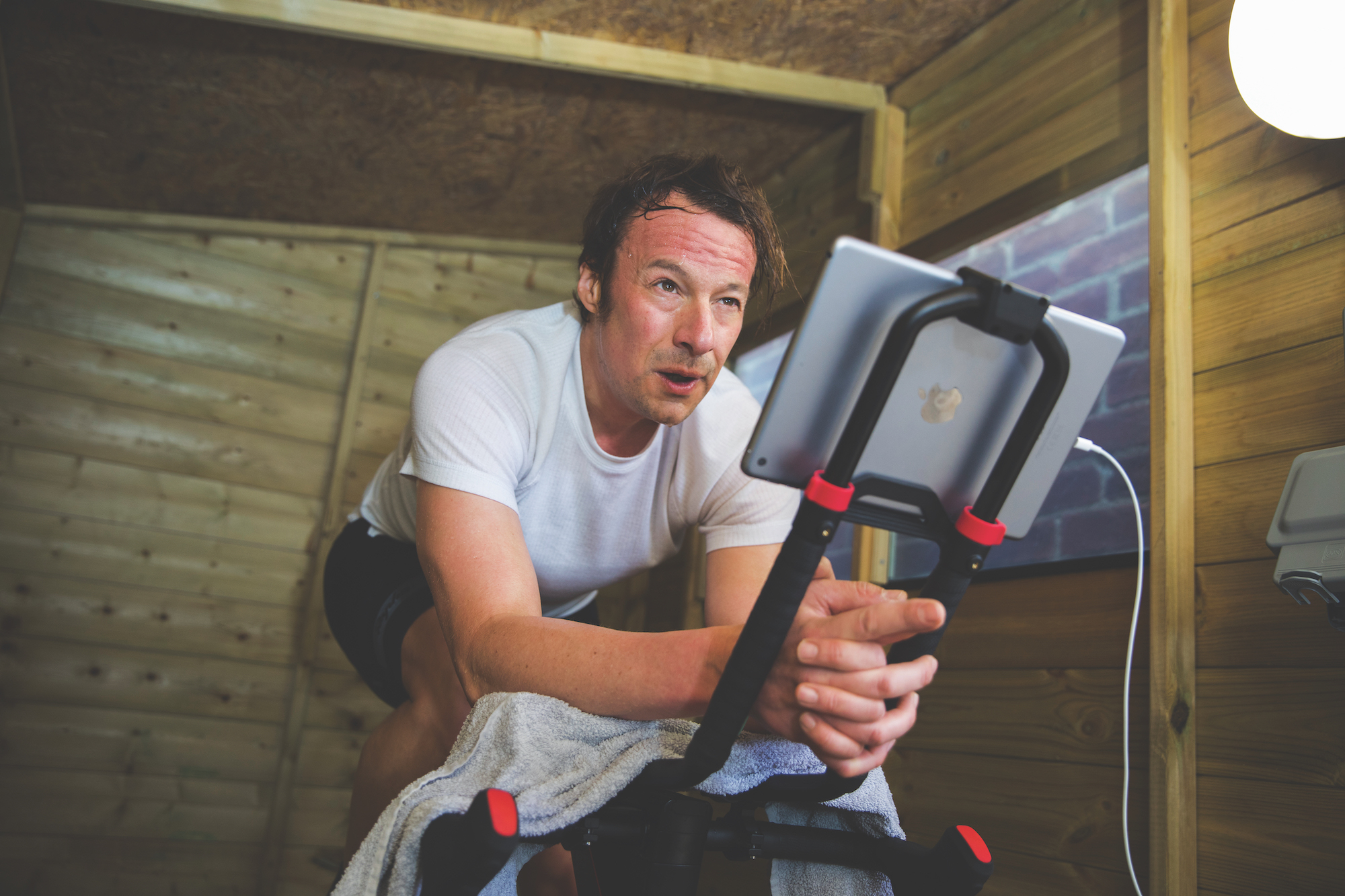
FTP. What does it mean to you? To some cyclists it defines their very existence; to others it’s a seemingly random number bandied about by people with very expensive bicycles.
Whether you buy into it or not, your FTP (Functional Threshold Power) - the wattage you can theoretically hold for an hour (during which you are able to flush lactic acid build-up from your muscles as quickly as it accumulates) - might not define you as a human being, but it is an extremely good indicator of how strong a cyclist you are.
>>> Subscriptions deals for Cycling Weekly magazine
Therefore, if you intend to take your riding to the next level, this baseline barometer of fitness is well worth establishing. Most of the time, however, it’s difficult to perform formal tests out on the open road, it’s a far easier proposition to exert yourself to the point of passing out in the comfort of your own pain cave.
That’s how the Zwift Academy has chosen to unearth a new wave of cycling talent in its annual competition — with the ultimate prize for competitors being a pro contract at Dimension Data’s development squad for the men, or Canyon-SRAM for the women.
Top 20
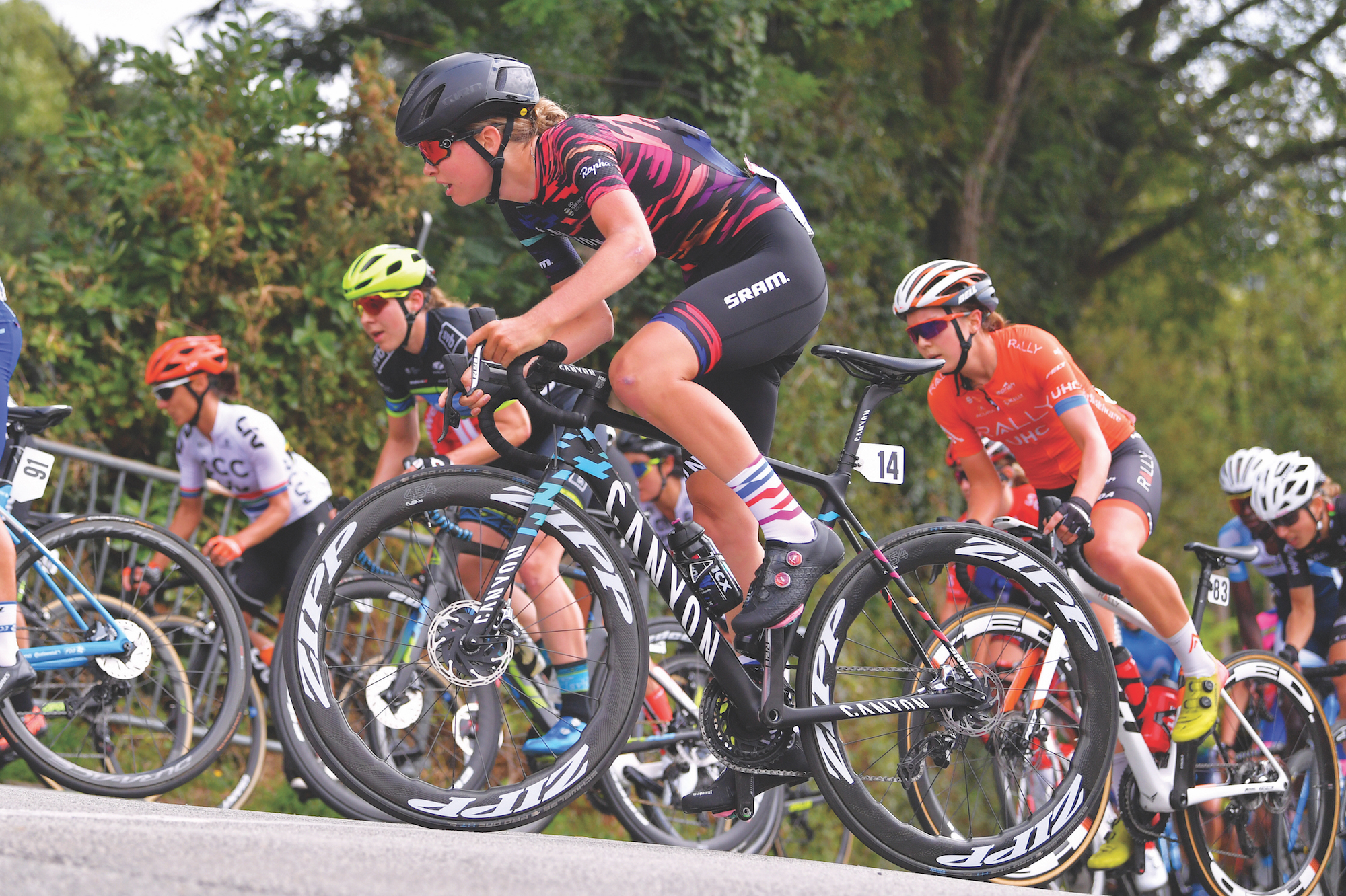
Having started in early August this year, the Academy is now in its semi-final phase with 20 riders, 10 men and 10 women, having made the cut from over 60,000 participants - myself included in that number. But I’ve not made the semi-finals.
Get The Leadout Newsletter
The latest race content, interviews, features, reviews and expert buying guides, direct to your inbox!
Have they missed a trick or am I past it? I learn from Elliot Lipski, head coach of the Dimension Data Development Team and the man tasked to crunch the numbers of this year’s Academy riders, that the all-important FTP is just one of several components that comprise a professional cyclist’s make-up.
"Throughout the Academy there’s a series of tests, workouts and races," says Lipski. "The workouts include 20-second, one-minute and four-minute tests. We’re looking at who’s strongest at these time points. These are the areas we’ve identified as being critical to success in cycling."
>>> Cycling Weekly is available on your Smart phone, tablet and desktop
Although a formal FTP effort isn’t part of the Academy’s sessions, Lipski is still able to garner the information he needs for a rider’s 20-minute power (and therefore an accurate percentage of lactate threshold) from the eight races that help make up the programme.
Five — the magic number

Having established my own FTP as around 330 watts which, given my 84kg weight, equates to some four watts per kilo (4W/kg), am I cranking out the kind of power that could see me brushing a Lycra-clad shoulder with those at WorldTour level?
Sadly, it would appear not. "If you’re looking to be a pro, anything above 5W/kg is a ballpark figure - it’s a broad level of filtering," says Lipski, who continues to mention that most of the Academy participants weigh in at between 55kg and 75kg.
So with my relatively heavyset stature, perhaps raw power might edge me over the line. Would my 20-second sprinting wattage be enough to compete with the André Greipels of this world? Again, I was left floundering - my 900-watt kick leaving me in no-man’s land, some 5W/kg less powerful than the hardest hitters in the Academy semis, and the best part of 1,000 watts shy of the Gorilla himself.
Just a minute
With high 20-second power lending itself to a competitive sprint and time triallists usually in possession of a strong FTP, where does one-minute power enter into the equation?
"At Continental level you’re going to be producing one-minute max power efforts multiple times," says Lipski, "whether it’s to chase a break, to attack, to get back on to the bunch after going for a pee, or getting a bottle. Whatever it might be, you have to put in these big maximal anaerobic efforts."
So which current riders in the WorldTour have outstanding power to weight ratios? "Someone like Julian Alaphillipe, Alejandro Valverde, those sort of punchy riders that can hit 11 watts per kilo and hold that for a minute, then drop down to 7-8 watts per kilo to finish the effort for another few minutes," says Lipski, unsurprisingly tipping the Ardennes aficionados as the punchiest riders in the peloton.
How, then, did my own effort measure up against these two middleweight champions of the WorldTour? Well, it doesn’t look like I’ll be winning Flèche Wallonne any time soon with my 7W/kg one-minute power.
On track?
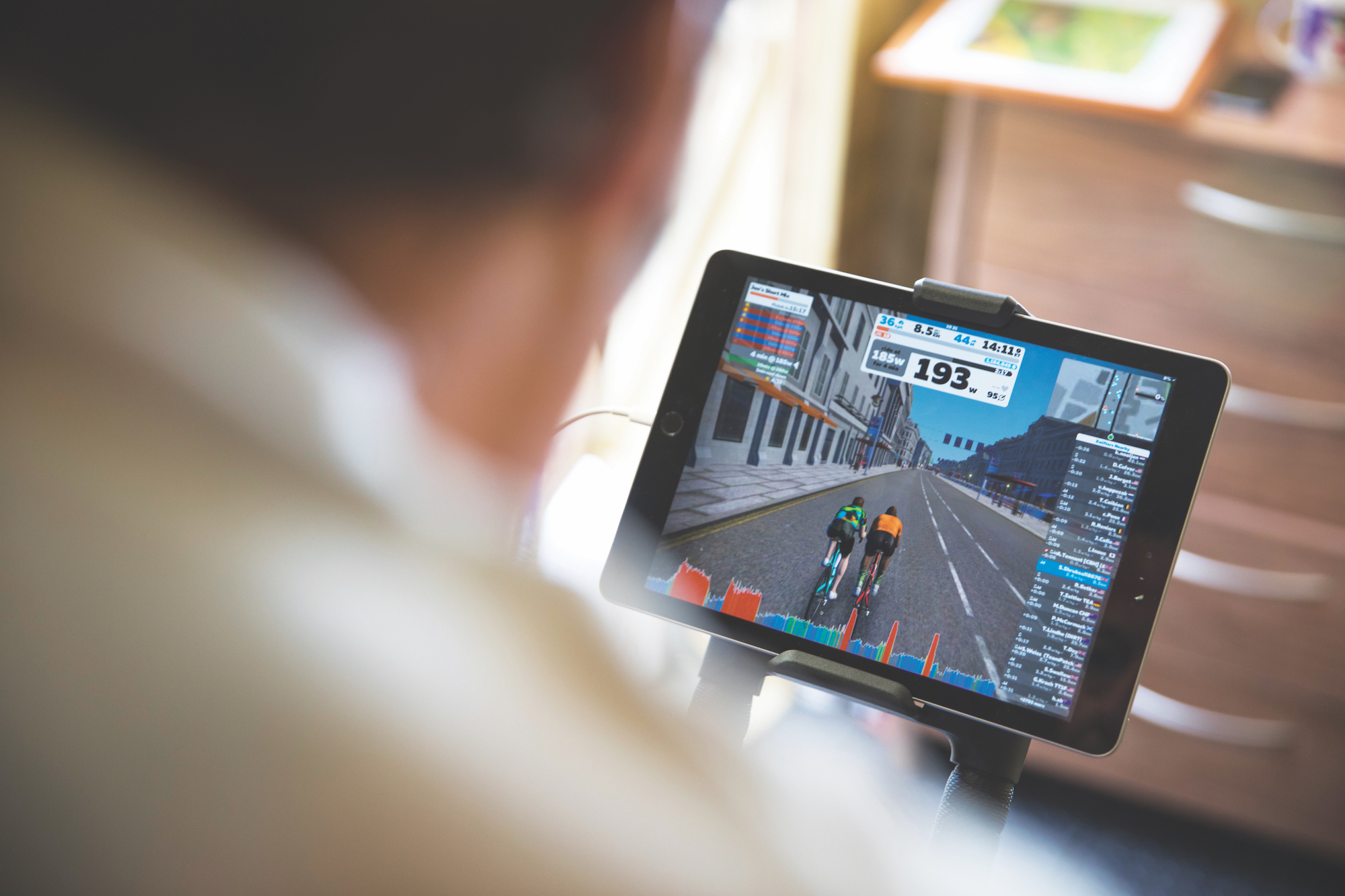
The final part of the puzzle is a four-minute power average. This is the kind of anaerobic effort that budding track pursuiters will try to nurture. Maybe my talents would be best showcased on the track? On the contrary. In fact, this was the area I was found wanting the most.
"A big area for improvement," says Lipski of my riding, "is your upper aerobic, your V02max type intervals. A way to do this is to polarise your training more. Sometimes you have to ride slower to go faster." Lipski here is referring to a considerable drop in wattage after a minute or so on my power curve, which in turn makes me good for some 5W/kg between 3-5 minutes. Those who have progressed into the semis are churning out a good 7-8.
So then, the results were in. My FTP was poor; my sprint weak, and the less said about my VO2max the better. But at least I, and now you, know what you need to aim for to get that cleat on the first rung of the pro ranks. It’s going to be a busy winter.
in the pain cave 2 x 8min Zwift semi-final workout
This feature originally appeared in the print edition of Cycling Weekly, on sale in newsagents and supermarkets, priced £3.25.

Thank you for reading 20 articles this month* Join now for unlimited access
Enjoy your first month for just £1 / $1 / €1
*Read 5 free articles per month without a subscription

Join now for unlimited access
Try first month for just £1 / $1 / €1
Steve has been writing (mainly fitness features) for Cycling Weekly for 11 years. His current riding inclination is to go long on gravel bikes... which melds nicely with a love of carbs
-
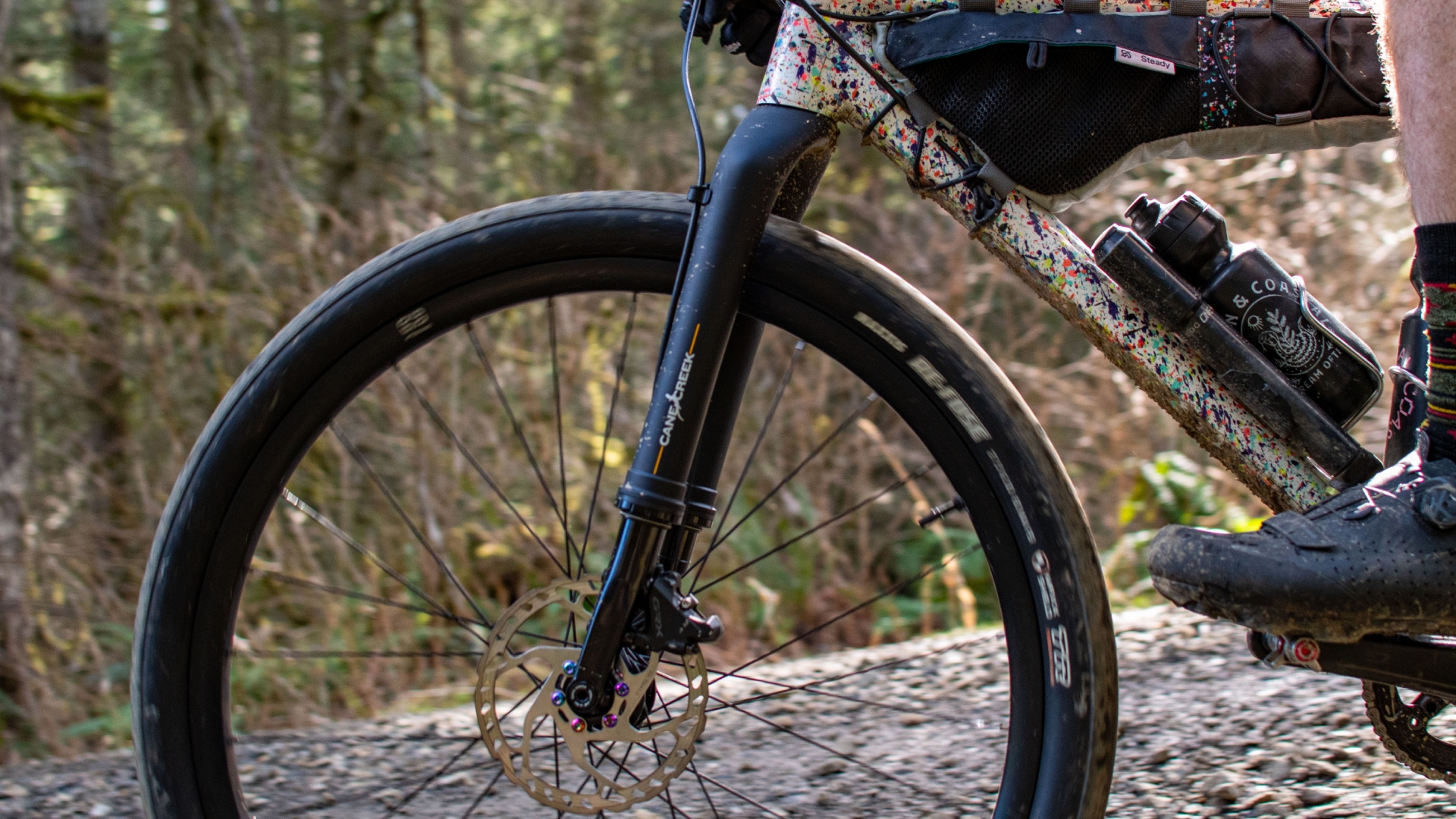 Review: Cane Creek says it made the world’s first gravel fork — but what is a gravel fork, and how does it ride?
Review: Cane Creek says it made the world’s first gravel fork — but what is a gravel fork, and how does it ride?Cane Creek claims its new fork covers the gravel category better than the mini MTB forks from RockShox and Fox, but at this price, we expected more.
By Charlie Kohlmeier
-
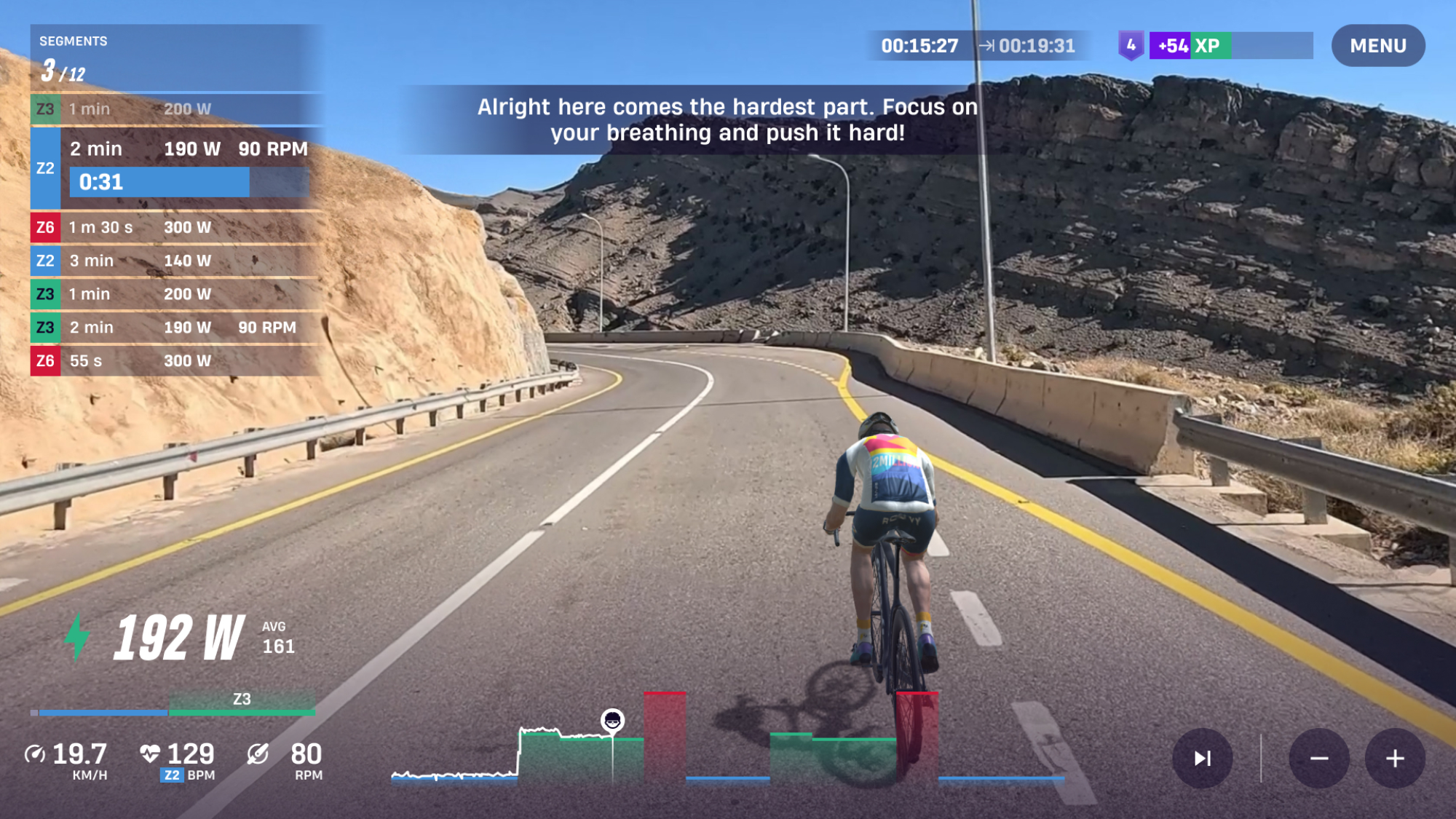 ROUVY's augmented reality Route Creator platform is now available to everyone
ROUVY's augmented reality Route Creator platform is now available to everyoneRoute Creator allows you to map out your home roads using a camera, and then ride them from your living room
By Joe Baker
-
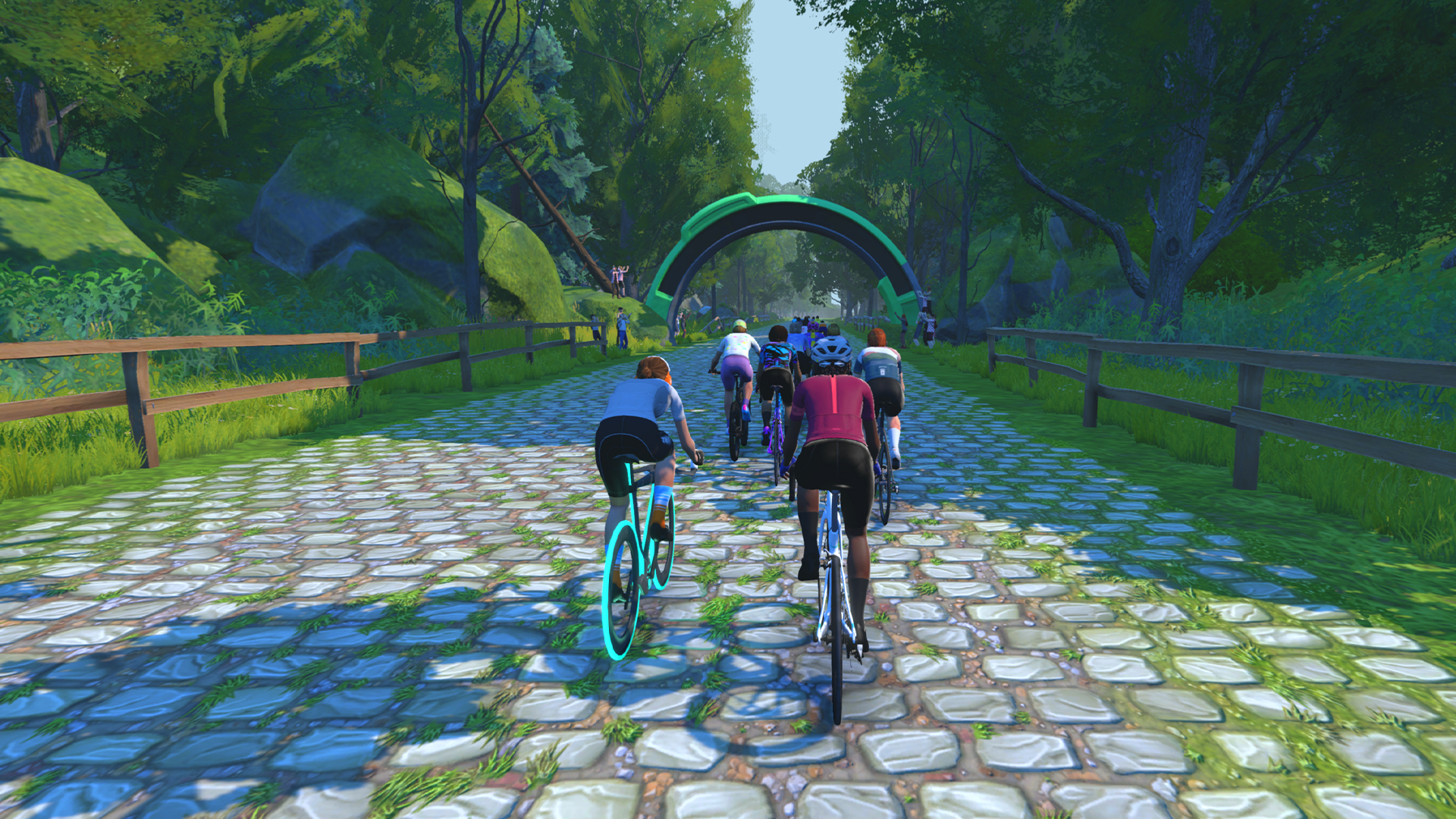 I rode Zwift’s new Paris-Roubaix route - how hellish was it?
I rode Zwift’s new Paris-Roubaix route - how hellish was it?The Hell of the North route has added virtual cobbles to the virtual training and racing platform
By Stephen Shrubsall
-
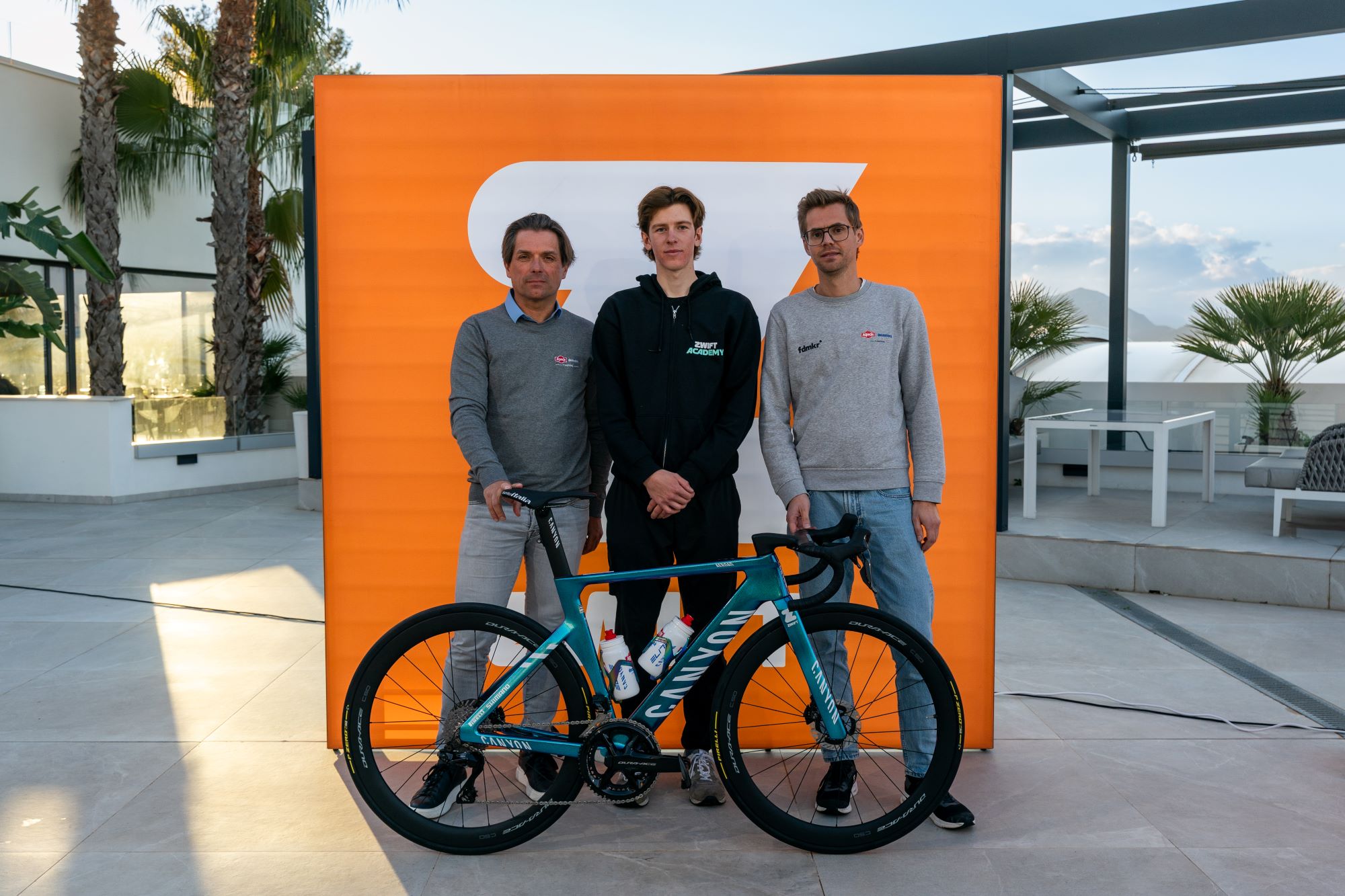 Zwift Academy winner says winning Alpecin-Deceuninck contract is a 'massive weight' off his shoulders
Zwift Academy winner says winning Alpecin-Deceuninck contract is a 'massive weight' off his shoulders21-year-old Canadian Noah Ramsay will ride for the Belgian team’s development squad this year after spending formative years in mountain biking
By Tom Thewlis
-
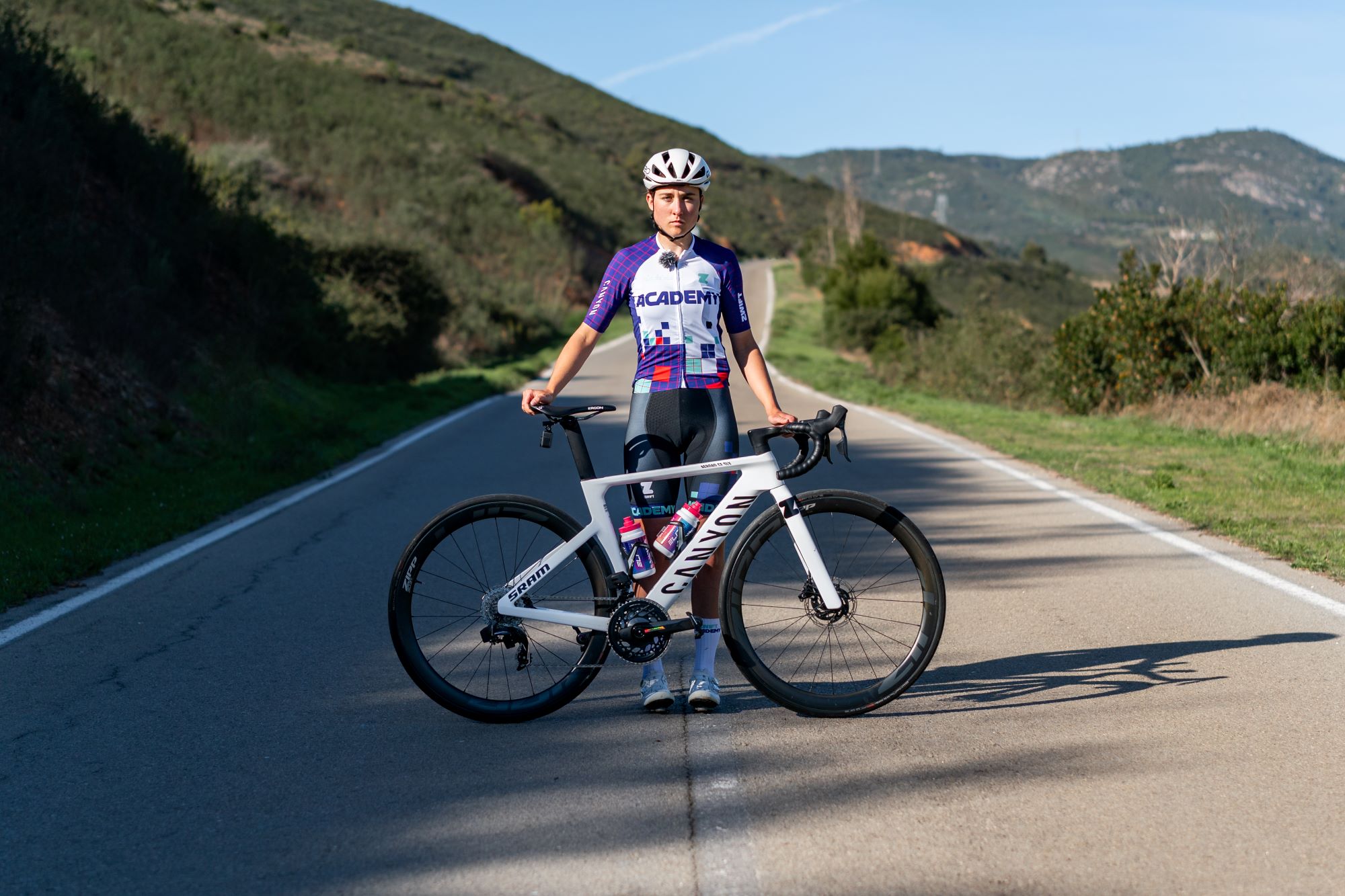 'The opportunities for riders outside of Europe are very slim' - 18-year-old Australian says winning the Zwift Academy will be 'life changing'
'The opportunities for riders outside of Europe are very slim' - 18-year-old Australian says winning the Zwift Academy will be 'life changing'Melbourne native Emily Dixon won the competition to earn a place on the Canyon–SRAM zondacrypto development team
By Tom Thewlis
-
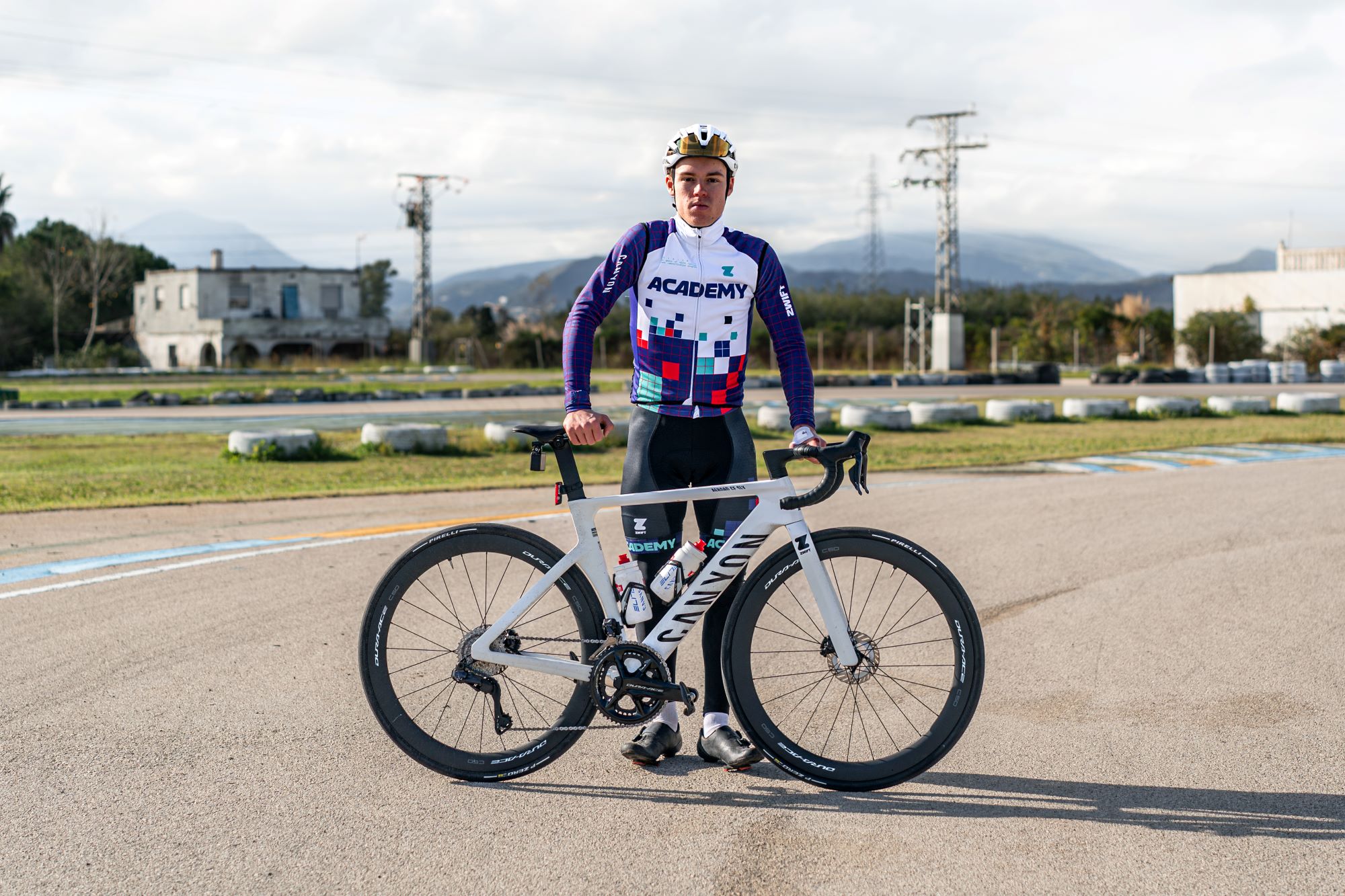 From football to the Zwift Academy: meet the Scottish rider determined to turn pro alongside Mathieu van der Poel
From football to the Zwift Academy: meet the Scottish rider determined to turn pro alongside Mathieu van der Poel21-year-old Elliot Bain from Glasgow on starting out in cycling, riding the Lancaster GP and rubbing shoulders with the former road World Champion
By Tom Thewlis
-
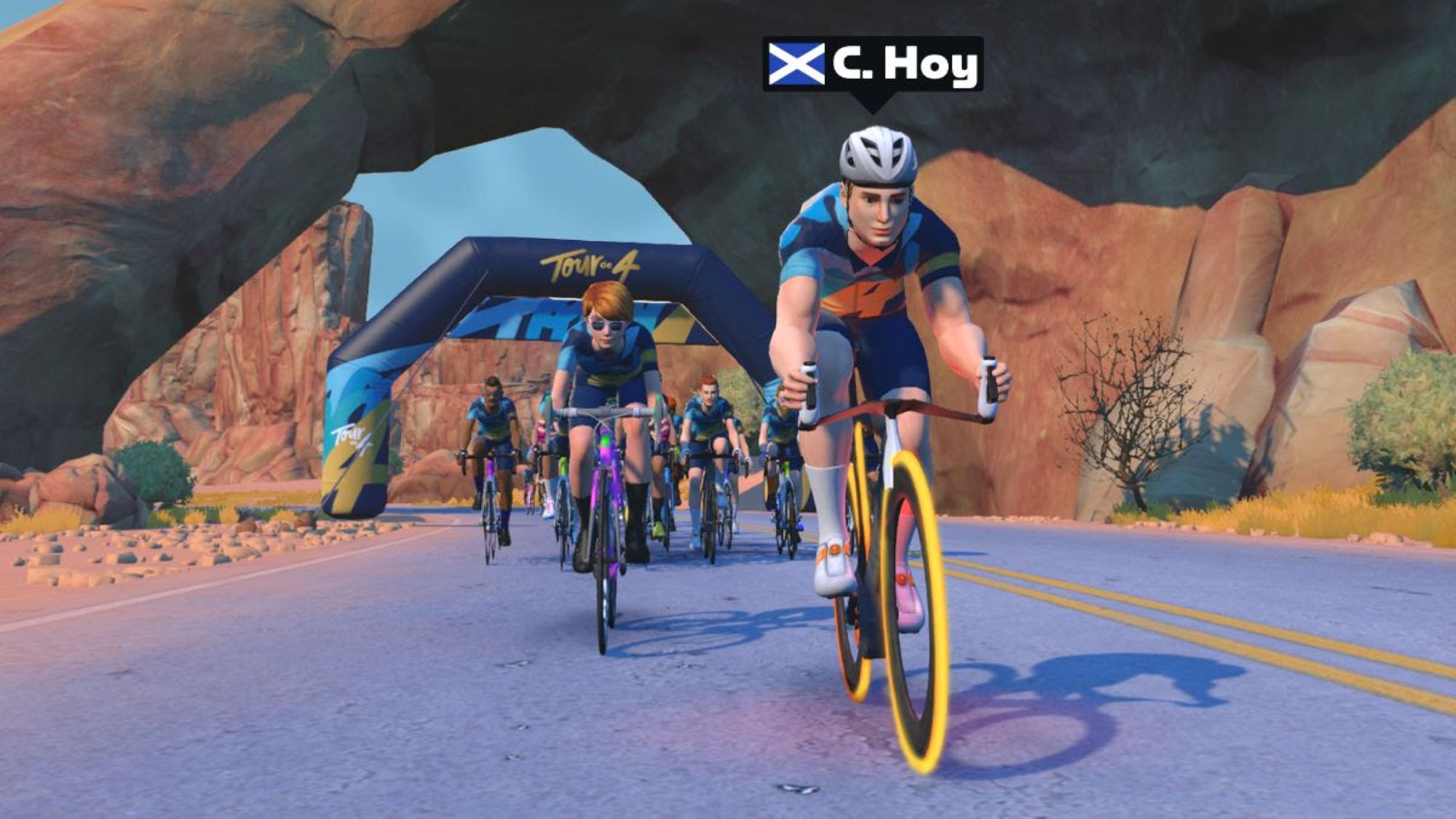 Zwift partners with Sir Chris Hoy's Tour de 4 initiative to raise money for cancer charities
Zwift partners with Sir Chris Hoy's Tour de 4 initiative to raise money for cancer charitiesOnline training platform commits to matching all charitable donations made by community up to £50,000
By Tom Thewlis
-
 'I haven’t been able to ride my bike and it’s still not safe to ride outside. There is a lot of gunfire near my house' - one cyclist's quest to continue training amid conflict in the DRC
'I haven’t been able to ride my bike and it’s still not safe to ride outside. There is a lot of gunfire near my house' - one cyclist's quest to continue training amid conflict in the DRCTeam Africa Rising recently supplied a local club with Zwift and Wahoo indoor training equipment
By Tom Thewlis
-
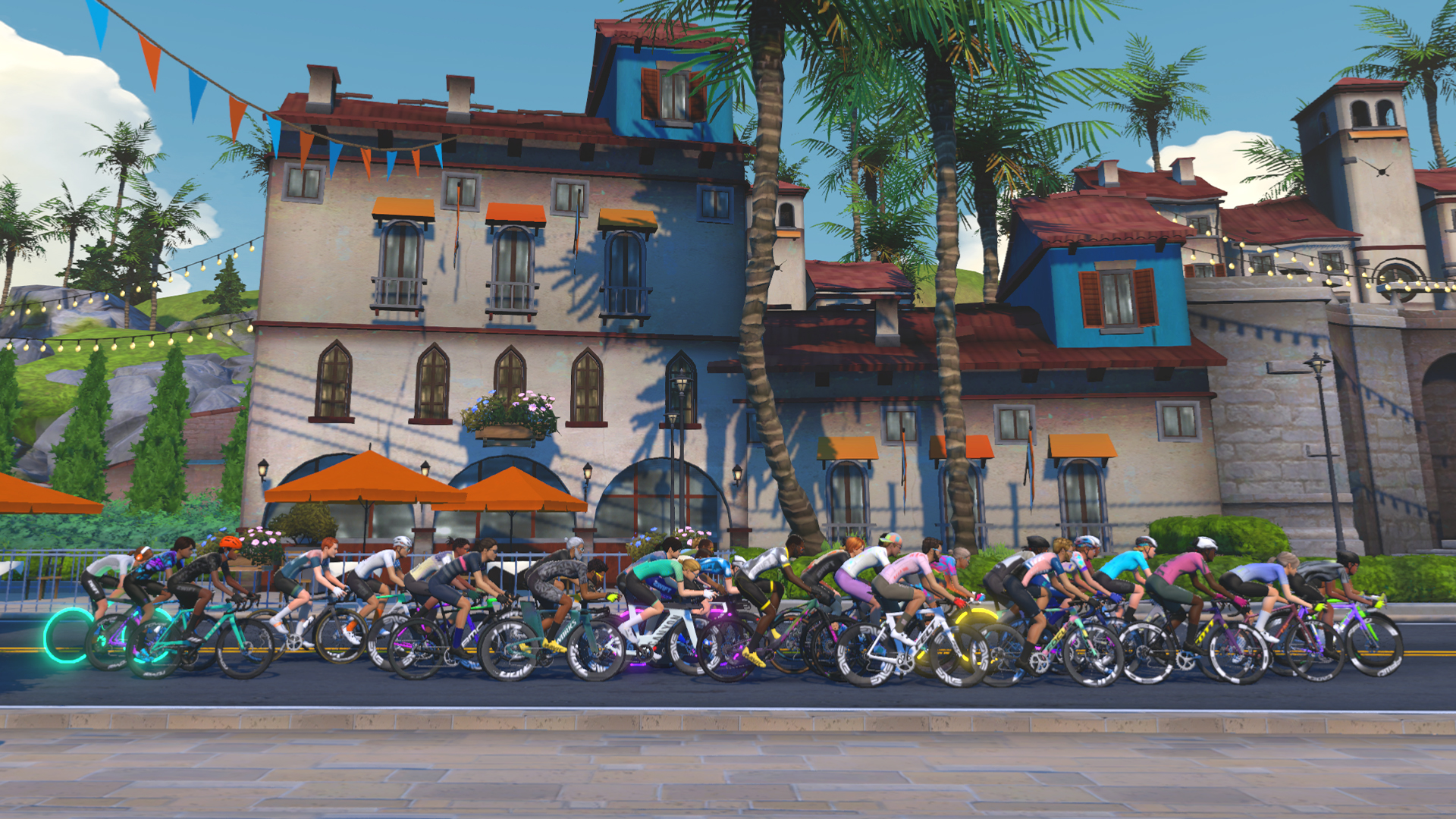 Win exclusive unlocks by completing the Tour de Zwift
Win exclusive unlocks by completing the Tour de ZwiftZwift socks, a beanie and kit on offer to those that complete the challenge
By Tom Thewlis
-
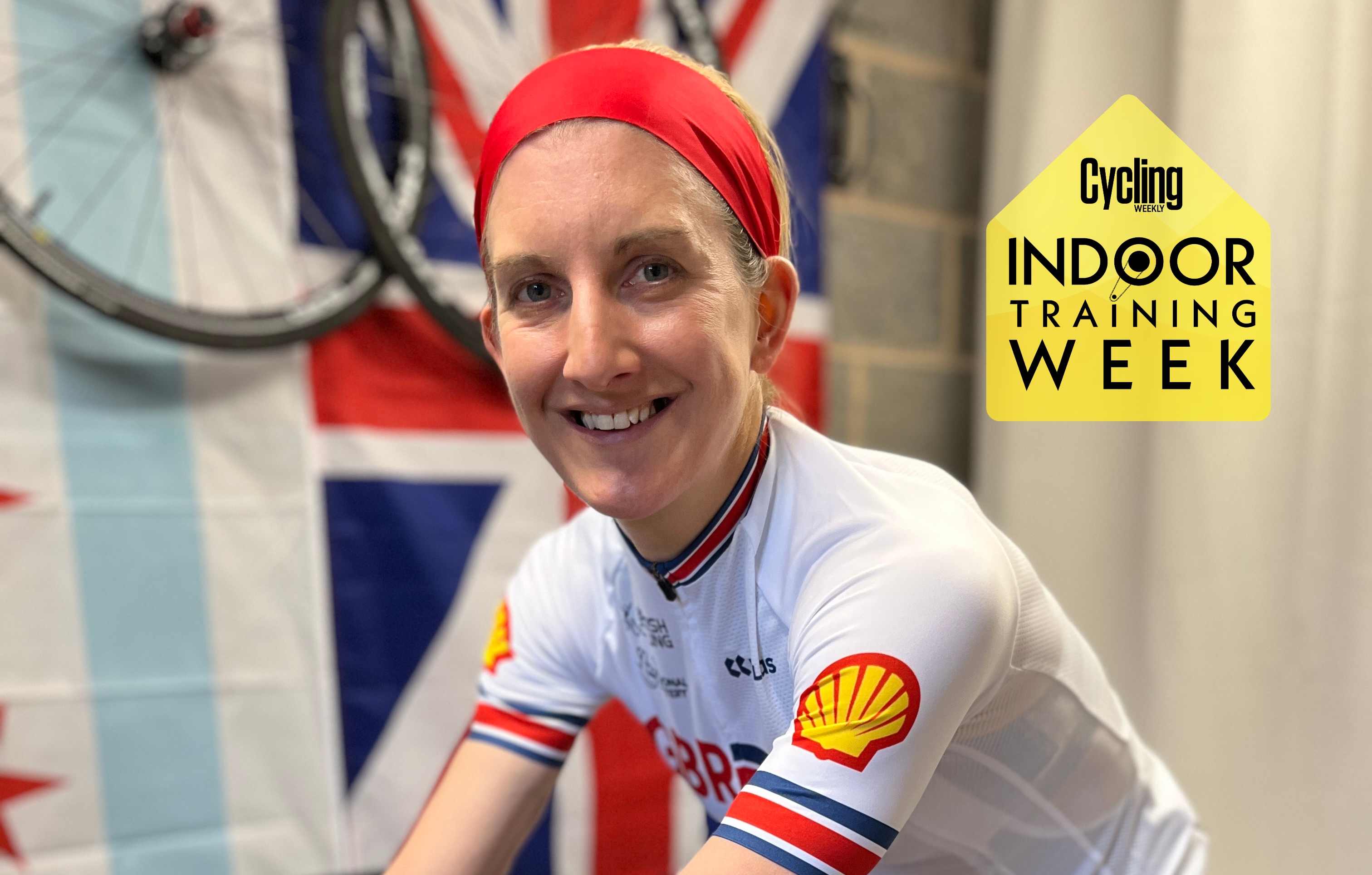 'It's not a deal-breaker if you can't hit super-high power': 6 tips from an indoor racing expert
'It's not a deal-breaker if you can't hit super-high power': 6 tips from an indoor racing expertHere's what makes Lou Bates one of Great Britain's indoor cycling stars
By Tom Davidson